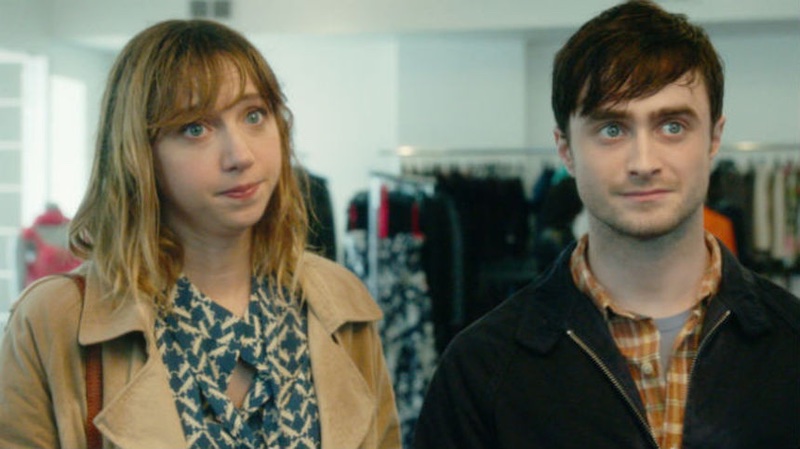
Do you know what everyone hates? Feeling sad.
Do you know what people love? Sad movies. I remember watching a review of Black Widow in which the reviewer criticized the film for not being sad enough. I have also noticed that many people’s lists of the best movies and shows of any given year are topped by sad content.
The more tears a show wrings out of you, the higher the rating. Last week, I mentioned that Rom-Coms had made a triumphant return because life had become so difficult and uncertain that audiences wanted a lighthearted escape.
However, a brief Google search will also show you that many sad people combat depression by watching sad movies and shows. Why is sad content so appealing? Entertainment journalists, psychologists and researchers have posited several possible answers.
First, audiences respond positively to sad content simply because they appreciate any film, show, or song that makes them feel something. Anything. Movies and TV shows are experiential events. You expect them to mimic normal life by taking you on a rollercoaster ride of emotions.
Unfortunately, most films are bland collections of mindless scenes and moments with little or no emotional engagement. And to be fair, telling emotionally resonant stories is incredibly challenging. So, naturally, audiences respond positively to any piece of content that pulls strong emotions out of them.
And what could be stronger than crippling sadness? Secondly, sad movies and shows provide catharsis. They allow you to experience and then purge negative emotions. How is that different from facing sad events in real life?
The sad emotions generated by a film are safe. The events on screen are fantasy. Moviegoers do not mind exploring the most tragic aspects of human existence because they can leave that darkness behind once they exit the cinema.
This slides neatly into the third facet of this discussion. Sad content allows viewers to confront real-life issues. Imagine a domestic violence victim watching a film about domestic violence in which the heroine is exhibiting all the symptoms of trauma the viewer had fought so hard to ignore, or an audience member struggling with depression finding a kindred spirit in a fictional character that keeps expressing the same emotions of worthlessness the viewer feels every day.
This is why some movies and shows feature trigger warnings. Sad movies can act as a mirror, forcing viewers to face and overcome unresolved trauma, particularly sad movies and shows with happy endings.
Seeing a fictional character triumph over impossible odds can foster feelings of optimism about the future. At the very least, sad films validate the feelings of sad moviegoers, who feel seen when their trials are presented accurately on screen.
What about sad films with bad endings where the protagonist fails, dies, or succumbs to their vices? They can also generate what some people call pleasurable sadness by compelling moviegoers to feel grateful for what they have. Observing the misery fictional characters are forced to endure highlights your blessings.
As exhausting as your life feels on occasion, sad films show you that things could be so much worse. Before you blame these drastic reactions on some sort of collective insanity, psychologists have noticed that tragic movies generate the same endorphin boost you get from singing, dancing, and laughing.
Endorphins are associated with pain relief and pleasurable feelings. Simply put, people don’t choose to respond positively to sad movies and TV shows. The human mind is wired that way. The next time you feel sad, depressed, or overwhelmed, and happy content has failed to lift your spirits, try watching a sad film. A good cry is probably all you need.
mbjjnr8@gmail.com



